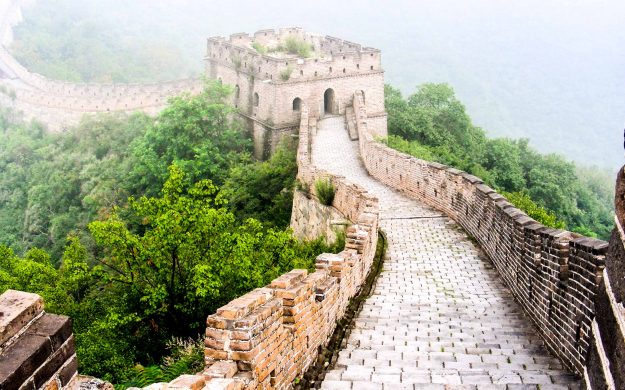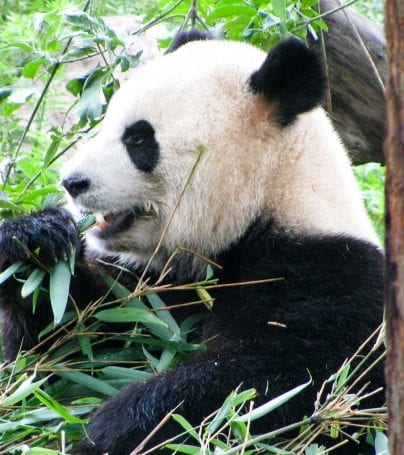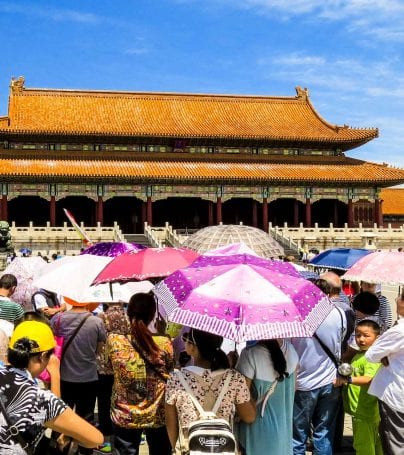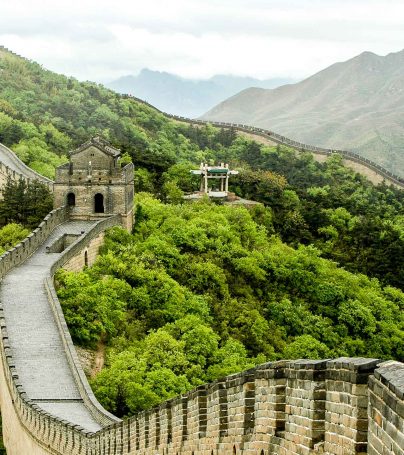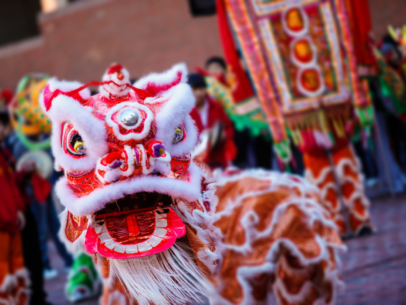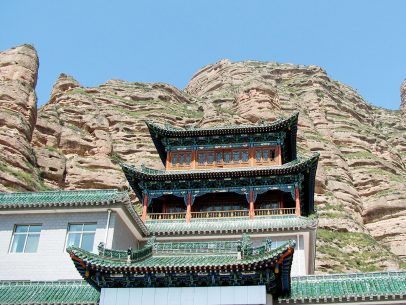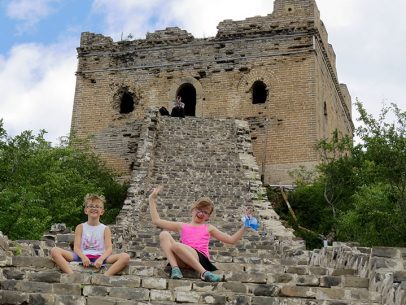Chengdu Adventure Tours
Chengdu, located in southwest People’s Republic of China, is the capital of Sichuan province and a sub-provincial city. Chengdu is also one of the most important economic centers, transportation and communication hubs in Western China. According to the 2007 Public Appraisal for Best Chinese Cities for Investment, Chengdu was chosen as one of the top ten cities to invest in out of a total of 280 urban centers in China. More than four thousand years ago, the prehistorical Bronze Age culture of Jinsha (Chinese: 金沙; pinyin: Jīnshā) established itself in this region. The fertile Chengdu Plain, on which Chengdu is located, is called Tianfuzhi guo (simplified Chinese: 天府之国; pinyin: Tiānfǔzhi Guó) in Chinese, which literally means “the country of heaven”, or more often seen translated as “the Land of Abundance”. It was recently named China’s 4th-most livable city by China Daily.
City Nicknames
The name “Chengdu” has never changed since the city was founded, and the city has always been in the same location. The nicknames below are not formal names.
The Brocade City: Jinchéng, 锦城
In the Western Han Dynasty (206 BC-23 AD), brocade produced in Chengdu enjoyed great popularity among the royal and elite class in China. An emperor created the office of Jin Guan (锦官) to oversee brocade production in Chengdu. Since then, Chengdu has been called “Jin Guan Cheng” (锦官城) meaning Brocade Official’s City, or in its short form, “Jin Cheng” (锦城) meaning Brocade city.
The City of Hibiscus: Róngchéng, 蓉城
In the Five Dynasties and Ten Kingdoms Period (907-960), Mengchang, the king of the Later Shu Kingdom, ordered the planting of hibiscus on the fortress wall surrounding the city. After this, Chengdu started being called the City of Hibiscus. Nowadays, the hibiscus is still the city flower of Chengdu, but the last city wall was torn down in the 1960s, along with the Royal Palace situated in the middle of the city, where the statue of Mao Zedong now stands.
History
In the early 4th century BC, the 9th Kaiming king of the ancient Shu moved his capital to the city’s current location from today’s nearby Pixian. He was said to have been inspired to move his capital by the ancient story of King Tai of Zhou, Grandfather of King Wu of Zhou. History recorded King Tai of Zhou’s move as “it took a year to become a town; it took three years to become a capital”. Following this, the king of Shu named the new city as “Cheng Du”, which means “become a capital” (In Chinese, the word “cheng” means “become”, “du” means “capital”). There are, however, several versions of why the capital was moved to Chengdu, and more recent theories of the name’s origin point to it as stemming from, or referring to, earlier non-Han inhabitants and/or their languages.
After the conquest of Shu by the State of Qin in 316 BC, a new city was founded by the Qin general Zhang Yi (who as a matter of fact had argued against the invasion). This can be seen as the beginning of the Chinese Chengdu. It was renamed Yìzhou (益州) during the Han Dynasty.
During the partition following the fall of the Eastern Han Dynasty, i.e. the era of the Three Kingdoms, Liu Bei founded the southwest kingdom of Shu-Han (蜀汉; 221-263) with Chengdu as its capital.
During the Tang Dynasty, both the “Poet God” Li Bаí (李白) and the “Poet Sage” Dù Fǔ (杜甫) spent some part of their lives in Chengdu. Du Fu constructed the celebrated “Caotáng” (thatched cottage or grass-hut) in the second year of his four-years stay (759-762). But today’s Caotang, a rather sumptuous house in the traditional style, was only constructed in 1078 in memory of Du Fu. As early as the Tang dynasty more than 1,200 years ago, Chengdu became one of the foremost commercial cities in China, second only to Yangzhou.
Chengdu was also the birthplace of the first widely used paper money in the world (Northern Song Dynasty, around A.D. 960). The Qingyang Gong Taoist temple was built in Chengdu in the ninth century, meaning “Green Goat”.
Two rebel leaders, one around the end of Song Dynasty, the other near the end of Ming Dynasty, set up the capitals of their short-lived kingdoms here, called Dàshu (大蜀) and Dàxi (大西), respectively.
In the 13th century, Marco Polo wrote about several bridges in China and the Anshun Bridge (or an earlier version of it) in Chengdu was one of them. He referred to Chengdu as “Sindafu” (“Cheng-Tu_Fu”) as the capital of the province of the same name.
In 1279 the Mongols sacked Chengdu, killing 1.4 million inhabitants in the process.
During the Second World War the Kuomintang (KMT, Chinese Nationalist Party) government under Generalissimo Chiang Kai-shek fled to Sichuan Province to escape the invading Japanese forces. They brought with them businesspeople, workers and academics, who founded many of the industries and cultural institutions which continue to make Chengdu an important center.
In 1944 the American XX Bomber Command launched Operation Matterhorn, an ambitious plan to base B-29 Superfortresses at Chengdu and strategically bomb the Japanese Home Islands. Because the operation required a massive airlift of fuel and supplies over the Himalayas, it was not a significant military success, but it did earn Chengdu the distinction of launching the first serious retaliation against the Japanese homeland.
During the Chinese Civil War, Chengdu was the last city on the Chinese mainland to be held by the Kuomintang-controlled government. R.O.C. President Chiang Kai-shek and his son Chiang Ching-kuo directed the defence of the city at Chengdu Central Military Academy until 1949, when the city fell into Communist hands. The People’s Liberation Army took the city on December 10 and the remnants of the Nationalist Chinese government fled to Taiwan.
Today the industrial base is very broad, including light and heavy manufacturing, aluminum smelting and chemicals. The textile industry remains important, with cotton and wool milling added to the traditional manufacturing of silk brocade and satin.
Today Chengdu is the headquarters of the Chengdu Military Region.
On May 12, 2008, a magnitude 8.0 earthquake struck causing damage to the area, killing about 80,000 people and injuring 26,413 as of May 12, 2008. 4,021 of the casualties and most of the property damage were from Dujiangyan and Pengzhou, two cities within the administration of Chengdu, the sub-provincial city. Chengdu did not suffer any discernible damage.[6]. The reason why many people died in the surrounding areas had to do with shoddy construction by corrupt companies. Though only 75 kilometers (48 miles) from the epicenter, Chengdu itself was built to earthquake specification, and most buildings there remained intact.
Information based on http://en.wikipedia.org/wiki/Chengdu
Customize Your Dream Adventure
We are here to help craft tailor-made adventures for individuals, couples, families, and groups of explorers.

